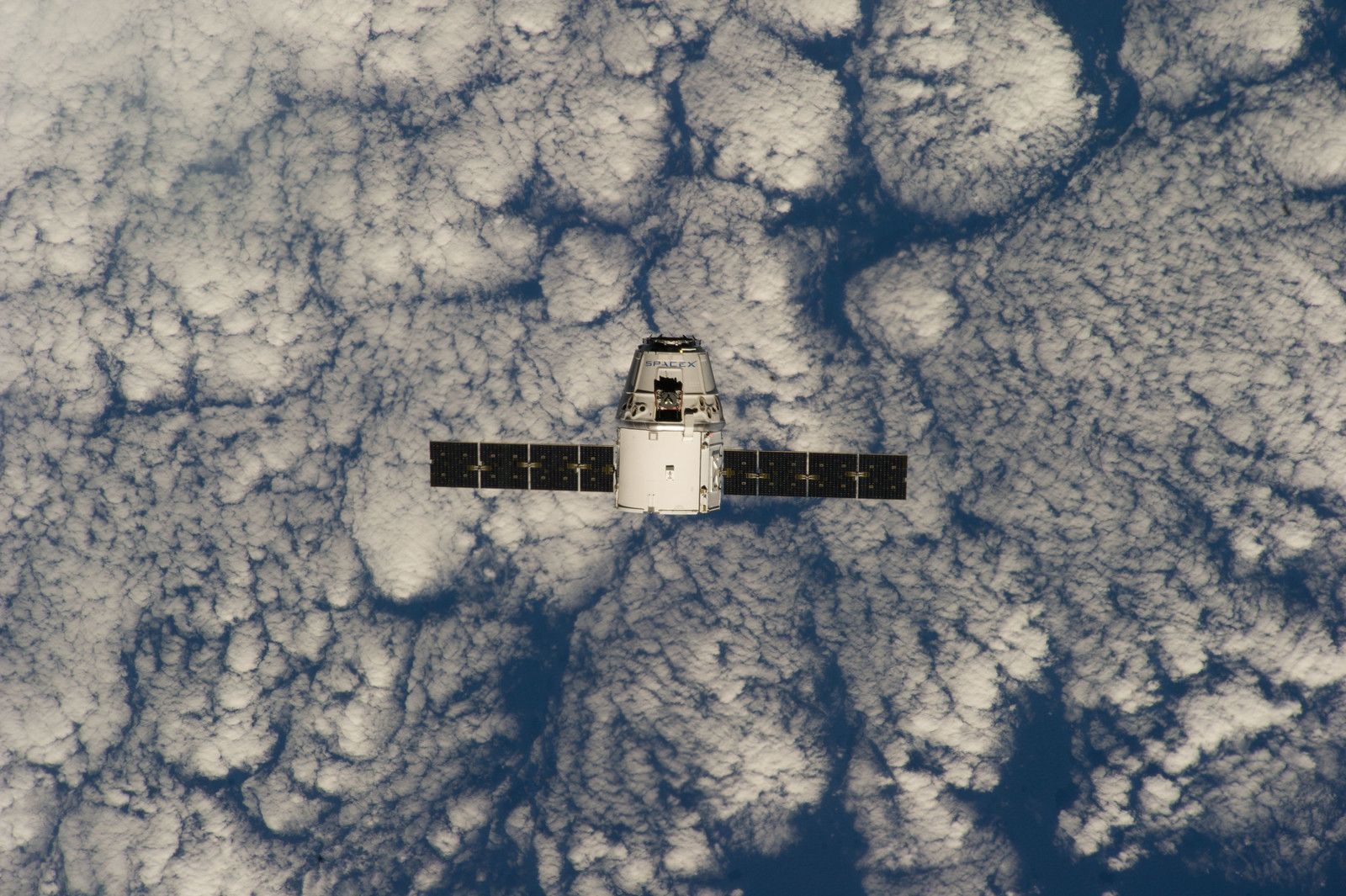Technology Highlights

Quantum Scale Sensors used to Measure Planetary Scale Magnetic Fields
Magnetic fields are everywhere in our solar system. They originate from the Sun, planets, and moons, and are carried throughout interplanetary space by solar wind. This is precisely why magnetometers—devices used to measure magnetic fields—are flown on almost all missions…

Solid State Quantum Magnetometers—Seeking out water worlds from the quantum world
“Follow the water!” The solar system is full of water in different states, from the Sun’s water vapor to the ice of Pluto and beyond. Water is not only linked to the possibility to sustain life, it is also interesting…
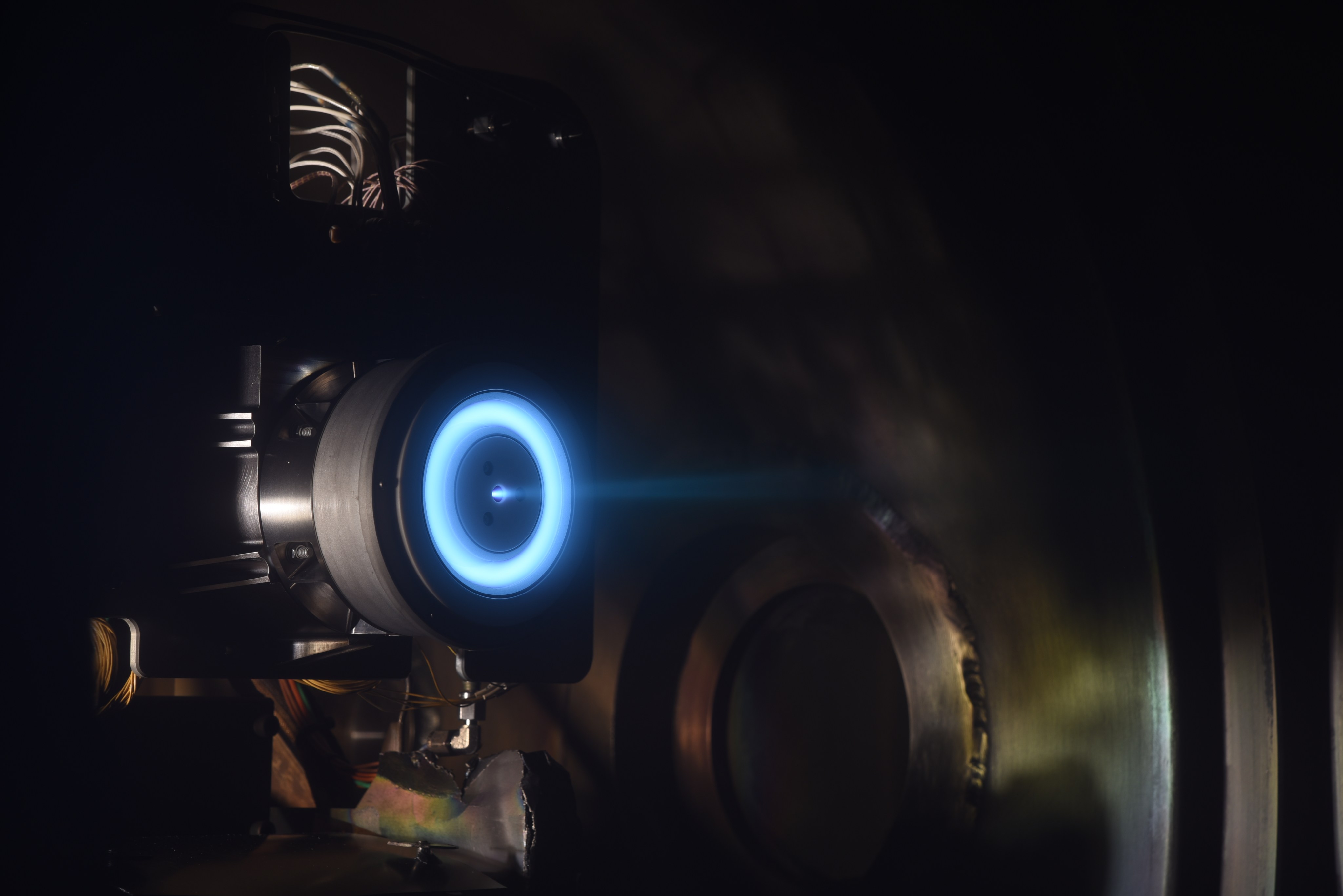
Pushing the Limits of Sub-Kilowatt Electric Propulsion Technology to Enable Planetary Exploration and Commercial Mission Concepts
NASA has developed an advanced propulsion technology to facilitate future planetary exploration missions using small spacecraft. Not only will this technology enable new types of planetary science missions, one of NASA’s commercial partners is already preparing to use it for…

Digging Deeper to Find Life on Ocean Worlds
In February 2023, researchers from around the country gathered at a NASA-sponsored workshop to discuss the latest developments and a roadmap for a cryobot mission concept to drill through the icy crusts of Europa and Enceladus and search for life.
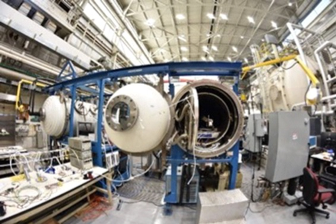
Deploying and Demonstrating Navigation Aids on the Lunar Surface
NASA is developing lunar navigation beacons to be deployed on spacecraft or the lunar surface to aid in localization and help future space vehicles determine position, velocity, and time to high accuracy.
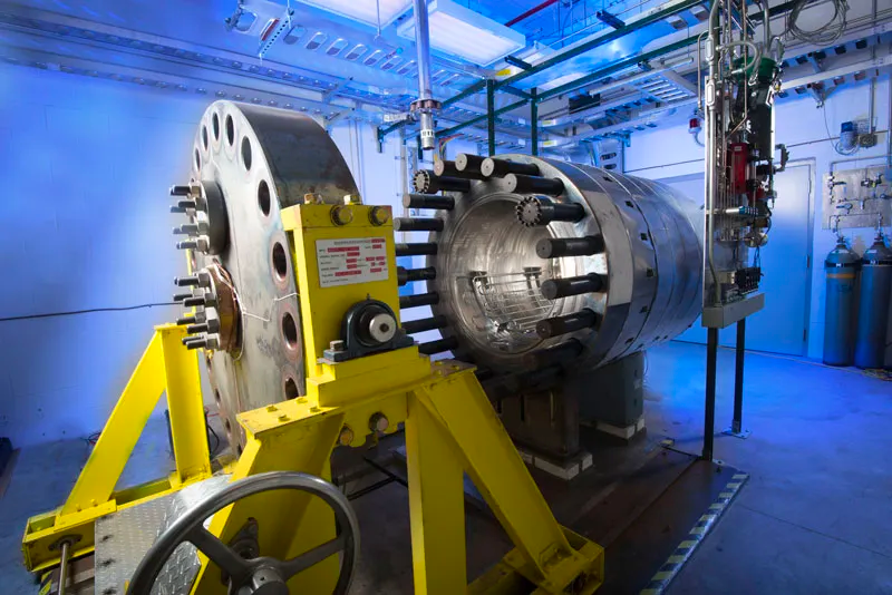
HOTTech Attempts to Tackle Venus
Specialized test rig determines how new technologies fare in extreme conditions PROJECT: Hot Operating Temperature Technology (HOTTech) Program; NASA Glenn Extreme Environment Rig (GEER) SNAPSHOT: Projects in NASA’s HOTTech Program are developing technologies that will operate on the surface of…
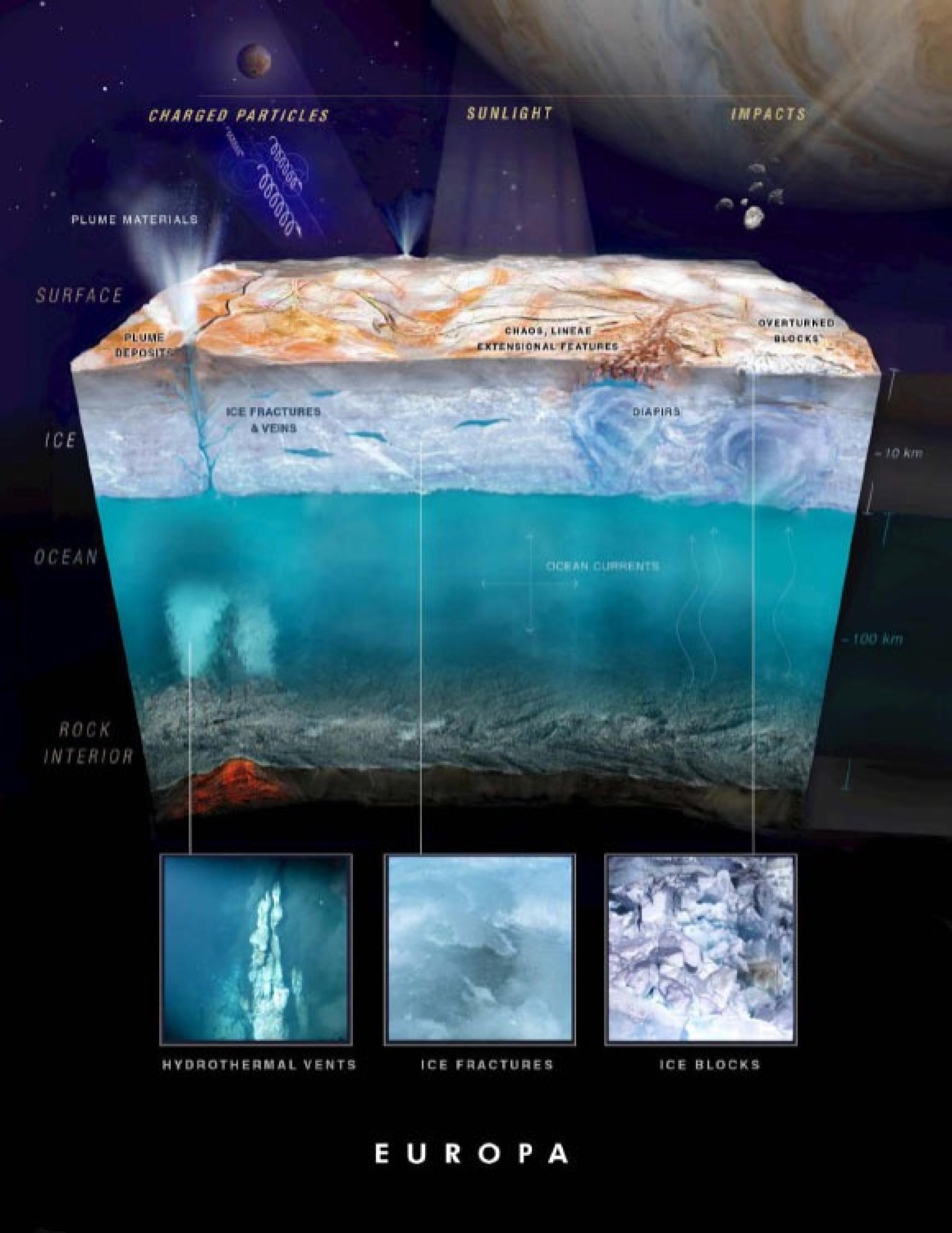
Sending Signals Through the Ice on Ocean Worlds
PROJECT: Ocean Worlds Signals Through the Ice (STI) SNAPSHOT: The Ocean Worlds Signals Through the Ice (STI) team is developing communication technologies to enable subsurface exploration of ocean worlds where conditions may be conducive to life. Detection of extraterrestrial life…
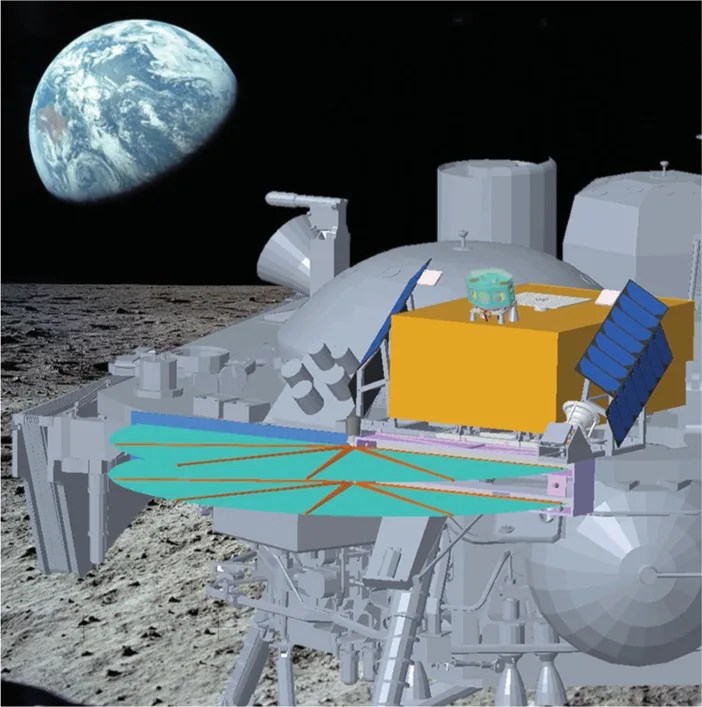
Space-age buoys for long-duration monitoring of the Moon
PROJECT The Lunar Environment Monitoring Station (LEMS) SNAPSHOT As we embark on an era of renewed exploration of our closest cosmic neighbor—the Moon—a need arises for a new generation of surface instruments that can operate autonomously for very long durations…
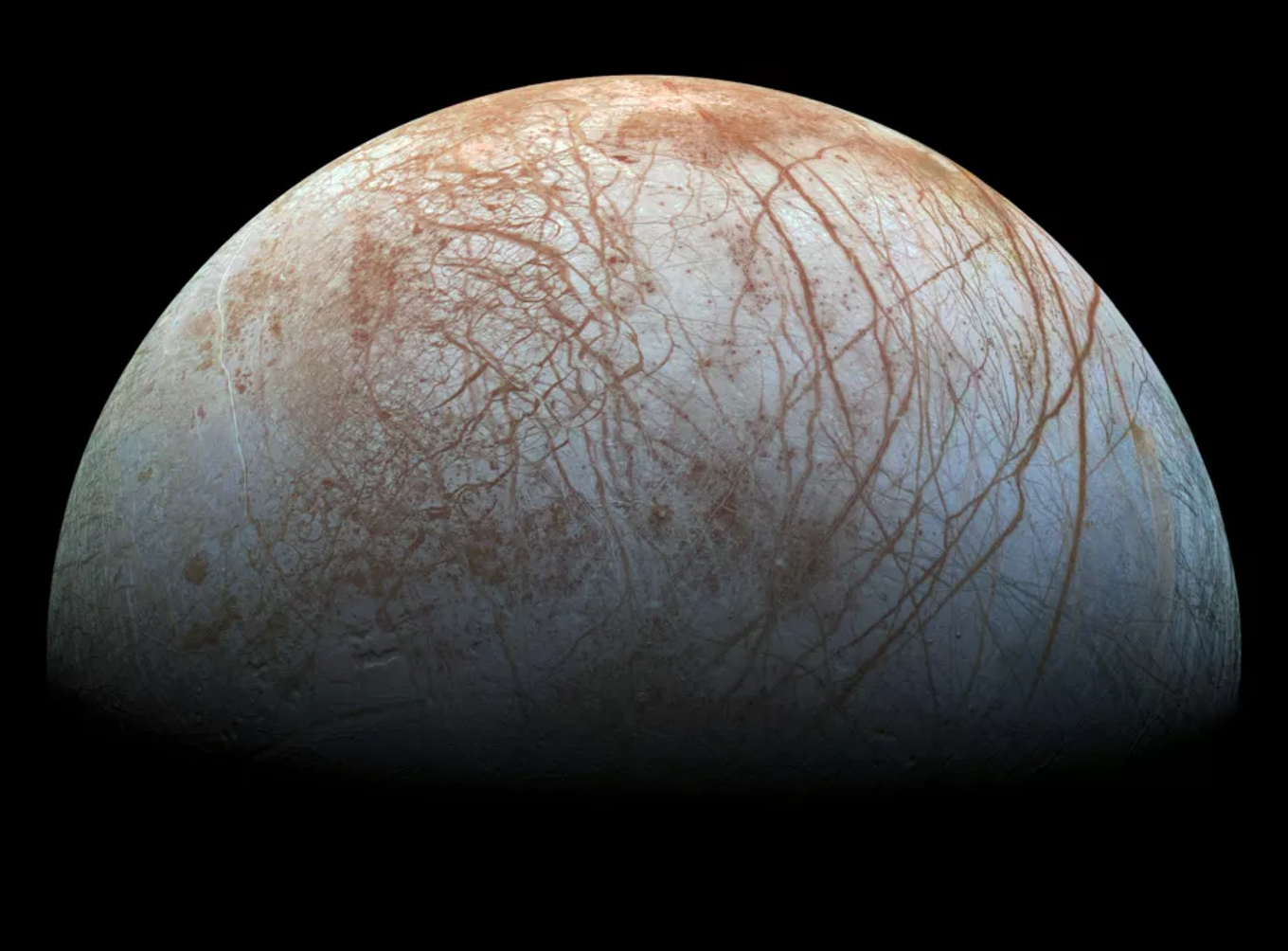
Taking the Pulse of NASA’s Robotic Explorers
PROJECT Model-based Off-Nominal State Identification and Detection (MONSID) software SNAPSHOT Keeping NASA’s robotic explorers healthy takes smart software, especially in remote and harsh environments. An initial investment by NASA’s Small Business Innovation Research (SBIR) Program led to development of a…

Protecting Future Planetary Missions from Extreme Heat
PROJECT Phenolic Impregnated Carbon Ablator – Domestic (PICA-D) Development and PICA Capability Sustainment (PCS) SNAPSHOT To ensure the availability of Phenolic Impregnated Carbon Ablator (PICA) thermal protection systems (TPS) for NASA missions, the agency is developing PICA-D – an updated…

New Instrument Brings Next-generation Molecular Analysis of Mars into Sharp Focus
PROJECT Linear Ion Trap Mass Spectrometer (LITMS) SNAPSHOT To address the growing need for in situ molecular analysis of Mars samples at fine spatial scales, NASA is developing the miniature LITMS instrument, which combines a laser and gas chromatograph mass…
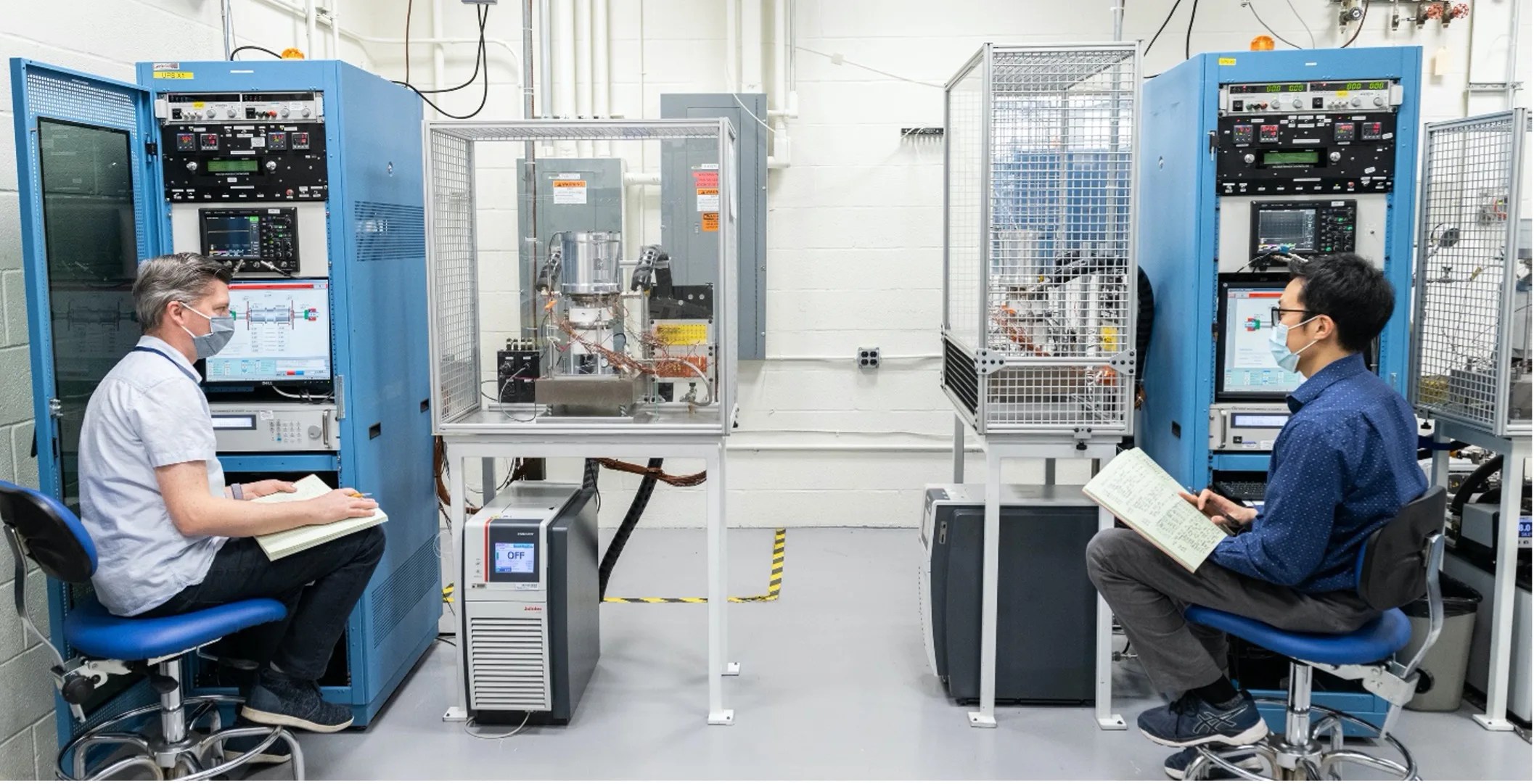
Surviving the Lunar Night: DRPS Could Enable the Power to Explore
PROJECT Dynamic Radioisotope Power Systems Project SNAPSHOT Dynamic Radioisotope Power Systems (DRPS) may enable lunar science payloads to survive and thrive during the harsh lunar night. New robust DRPS have been built and delivered by industry and are in the…
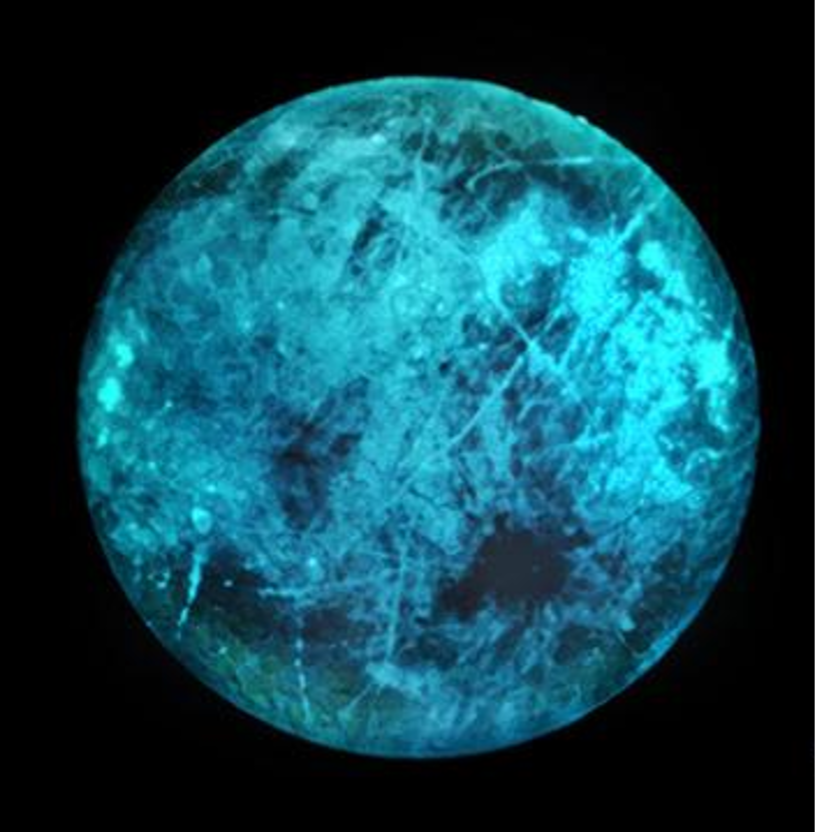
Frosty: A Micro-fabricated Optical Seismometer to Measure Minute Forces in a Mighty Environment
PROJECT “Frosty” micro-fabricated optical seismometer SNAPSHOT To characterize ice sheets and mantle on icy worlds, NASA is developing a new type of seismometer that is ultra-small, easy to manufacture, immune to radiation damage, and operates with low power consumption. Icy…
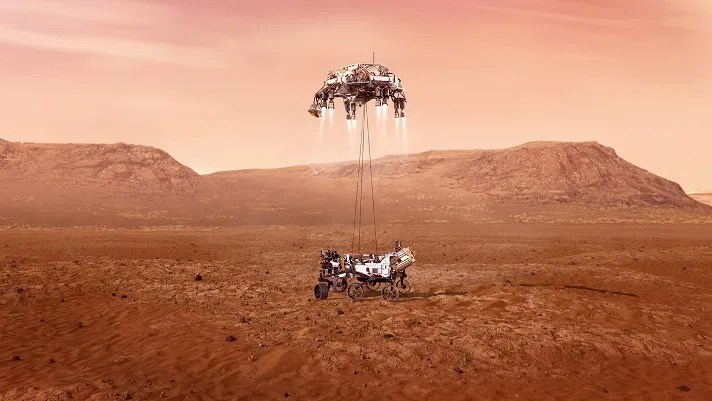
Terrain Relative Navigation: Landing Between the Hazards
PROJECT Terrain Relative Navigation (TRN) SNAPSHOT To land accurately and avoid hazardous terrain, NASA has developed an autonomous, vision-based system for landmark recognition, spacecraft position estimation, and spacecraft retargeting, which will be used on Mars 2020 and potentially other future…

A Small Satellite With Planetary Ambitions
PROJECT CubeSat Particle Aggregation and Collision Experiment, or Q-PACE SNAPSHOT Q-PACE will capture video of thousands of gentle collisions between particles in microgravity to understand the earliest steps in planet formation. A NASA-sponsored team at the University of Central Florida…
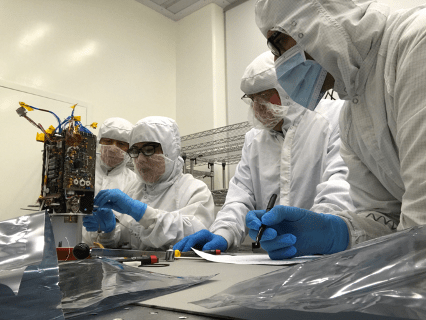
Surface and Exosphere Alterations by Landers (SEAL): NASA’s Next Lunar Payload?
PROJECT Surface and Exosphere Alterations by Landers (SEAL) SNAPSHOT SEAL will provide valuable in situ lunar data to give scientists insight into how a spacecraft landing might affect the composition of nearby regolith samples. When a space vehicle lands on…
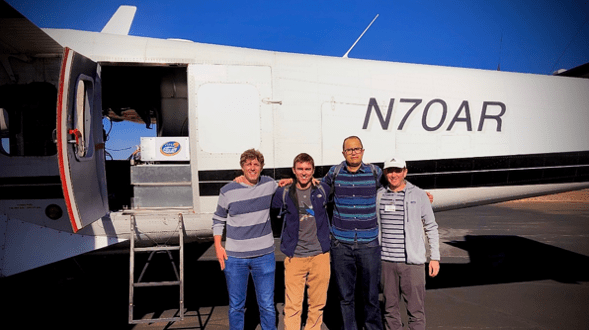
Exploring a New Approach for Measuring Water Vapor on Earth and Mars
PROJECT Vapor Inside-cloud Profiling Radar (VIPR) and WAter Sounding Short-range Radar (WASSR) SNAPSHOT NASA researchers are exploring a new radar-based method to map water vapor both in Earth’s atmosphere and near the surface of Mars. Mapping water vapor is a…
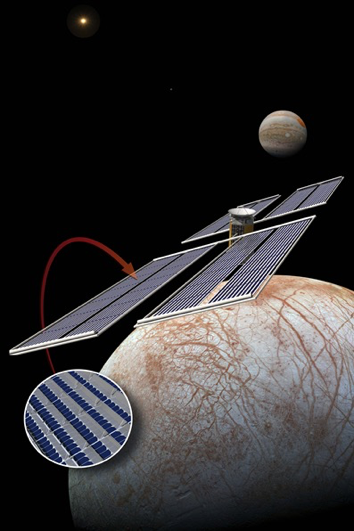
Lightweight Mirrors Enhance Power Generation Near Gas Giants
PROJECT Extreme Environments Solar Power (EESP) Project demonstration of Transformational Array elements on DART SNAPSHOT The EESP Project is developing advanced solar cell and concentrator technology that will be flight-tested on the upcoming DART mission. The Transformational Array containing this…
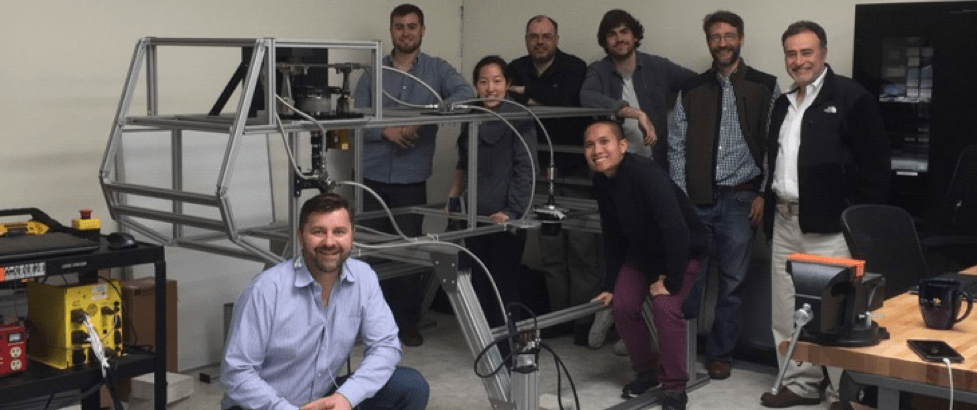
Playing Lacrosse on Titan
PROJECT Integrated Sampling System (ISS) for Ocean Worlds SNAPSHOT Honeybee Robotics has developed a pneumatic based sample acquisition and transfer system that is self-metering, gravity agnostic, works with sticky materials, and is flexible in terms of delivery location. The system…

Planetary Exploration Science Technology Office
This blog post originated in the 2018 Science Mission Directorate Science and Technology Report. PROJECT Planetary Exploration Science Technology Office (PESTO) KEY POINTS A new office has been created to manage the development of scientific instruments, space vehicle technologies, and…
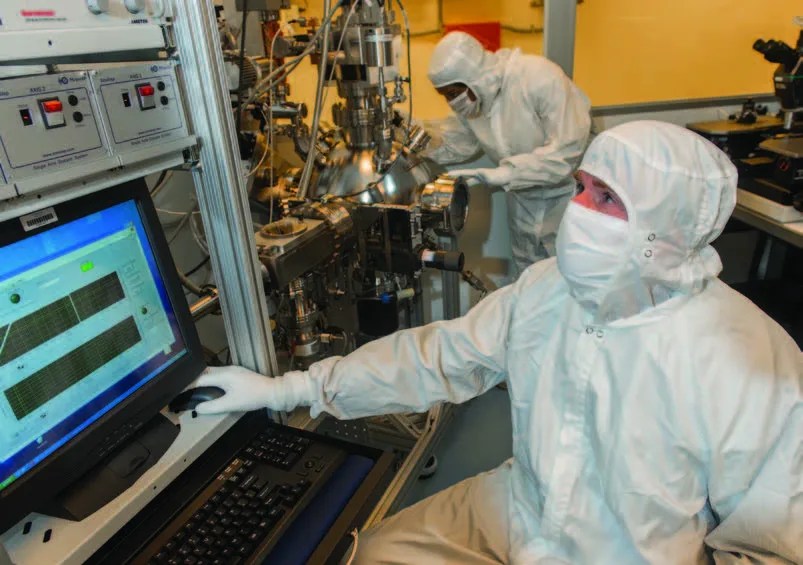
Integrated Circuits to Enable Exploration of the Harshest Environments in the Solar System
PROJECT High Temperature Memory Electronics for Long-Lived Venus Missions KEY POINTS Newly developed silicon carbide electronics have operated in ovens for over a year at 500°C and for 60 days in simulated Venus surface conditions. This technology is key to…

Mars Helicopter is Ready for Extraterrestrial Flight
PROJECT Mars Helicopter KEY POINTS The Mars Helicopter is a technology demonstration for the Mars 2020 rover mission, intended to show the feasibility and utility of using helicopters for Mars exploration. This technology may enable future missions to perform reconnaissance…

Surveying the Building Blocks of the Solar System
PROJECT High-Performance In Situ Dust Analyzer (Hyperdust) KEY POINTS Hyperdust’s unique ion optics design combines the ability to provide high-performance composition measurements with the aperture that is needed to detect a statistically significant number of particles in space over a…

Record Setting Power System Disassembled and Analyzed: Proves Viability of Power Technology
Project Dynamic Radioisotope Power Key Points Understanding potential failure modes can lead to improved designs that will enable Dynamic RPS to provide highly reliable power to planetary science missions for up to 17 years of operational life. Future NASA missions…

Gemini Plus Enables Next-Generation Planetary Composition Measurements
Technology Infusion NASA has funded the development of a new high-purity germanium gamma-ray detector—the GeMini Plus—for use in upcoming planetary exploration missions. High-purity germanium detectors provide superior performance compared to other gamma-ray detectors. This development is being carried out jointly…
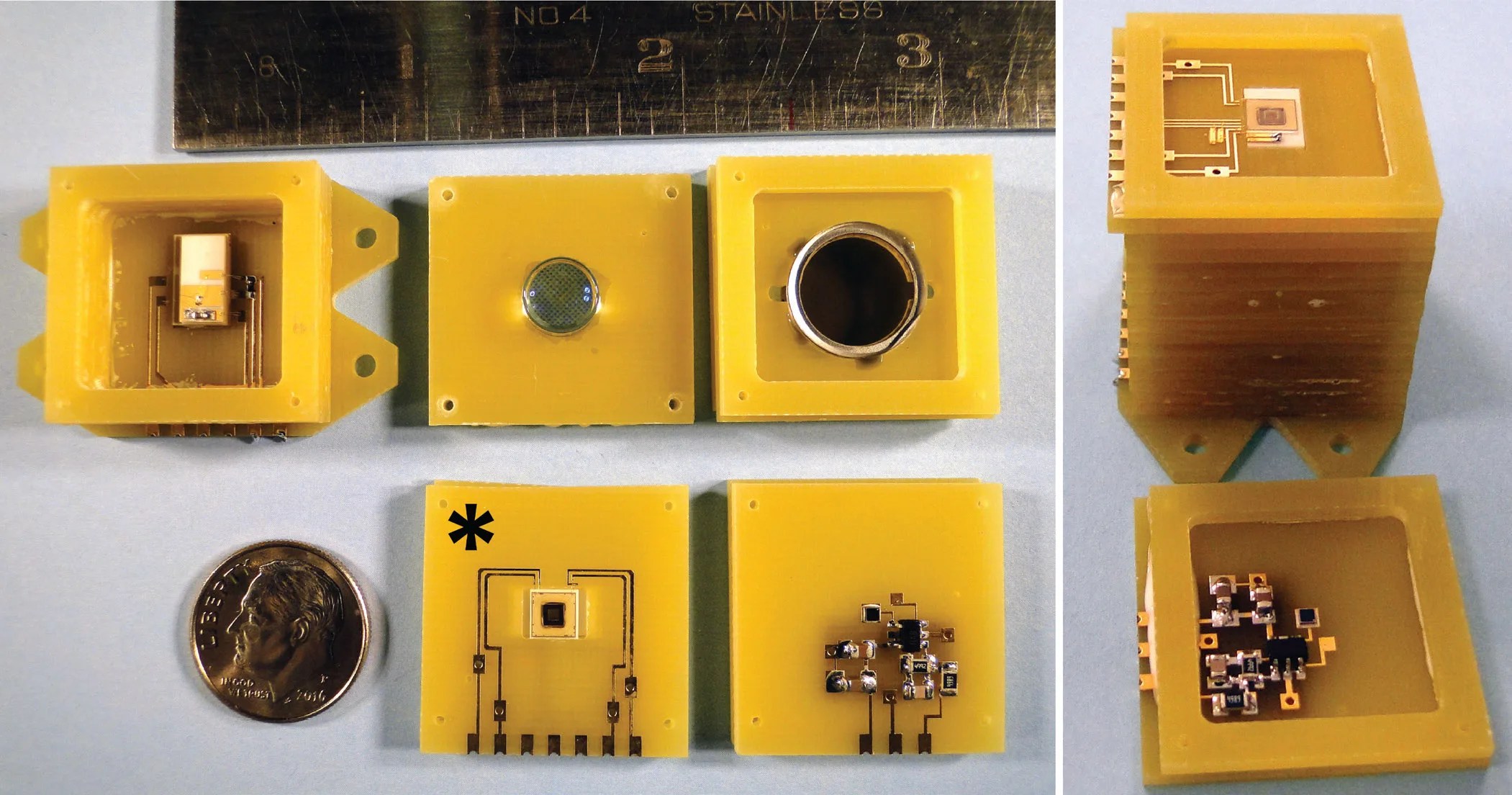
Miniature Magnetometer Will Enable Space Exploration on Resource-Constrained Platforms
Technology Development NASA is sponsoring a joint effort by researchers at the Johns Hopkins Applied Physics Laboratory (APL) and the National Institute of Standards and Technology (NIST) to develop a novel miniature absolute scalar magnetometer based on a micro-fabricated alkali-metal…
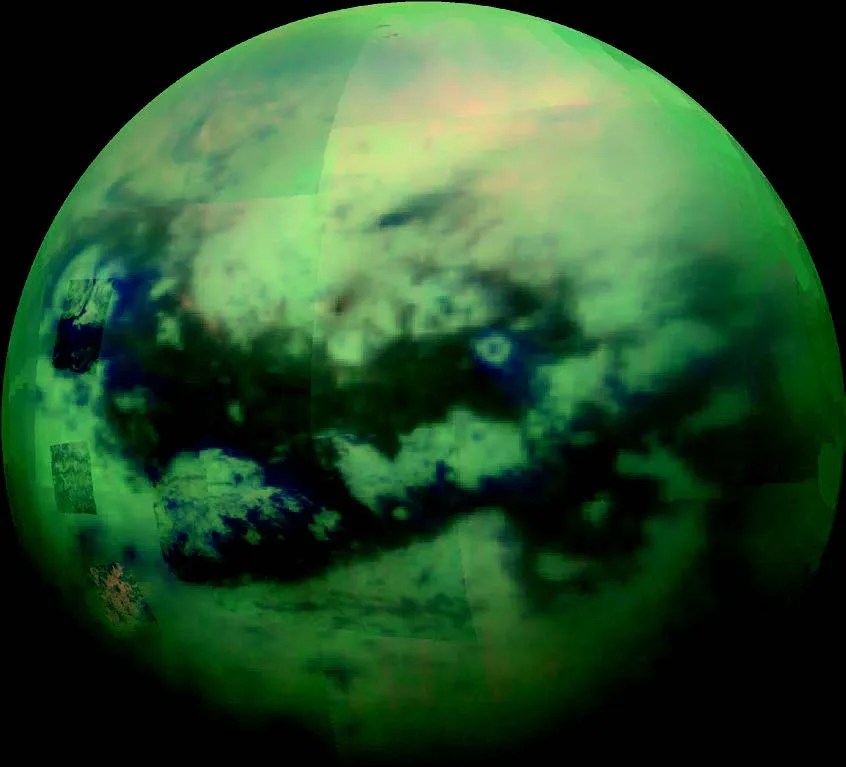
Aerocapture Technologies are Ready for Future Mission Use
Technology Development Aerocapture technologies have the potential to enable orbital missions to the outer planets and their satellites by the judicious use of aerodynamic forces in a planetary atmosphere. These forces can be used to guide a spacecraft from an…
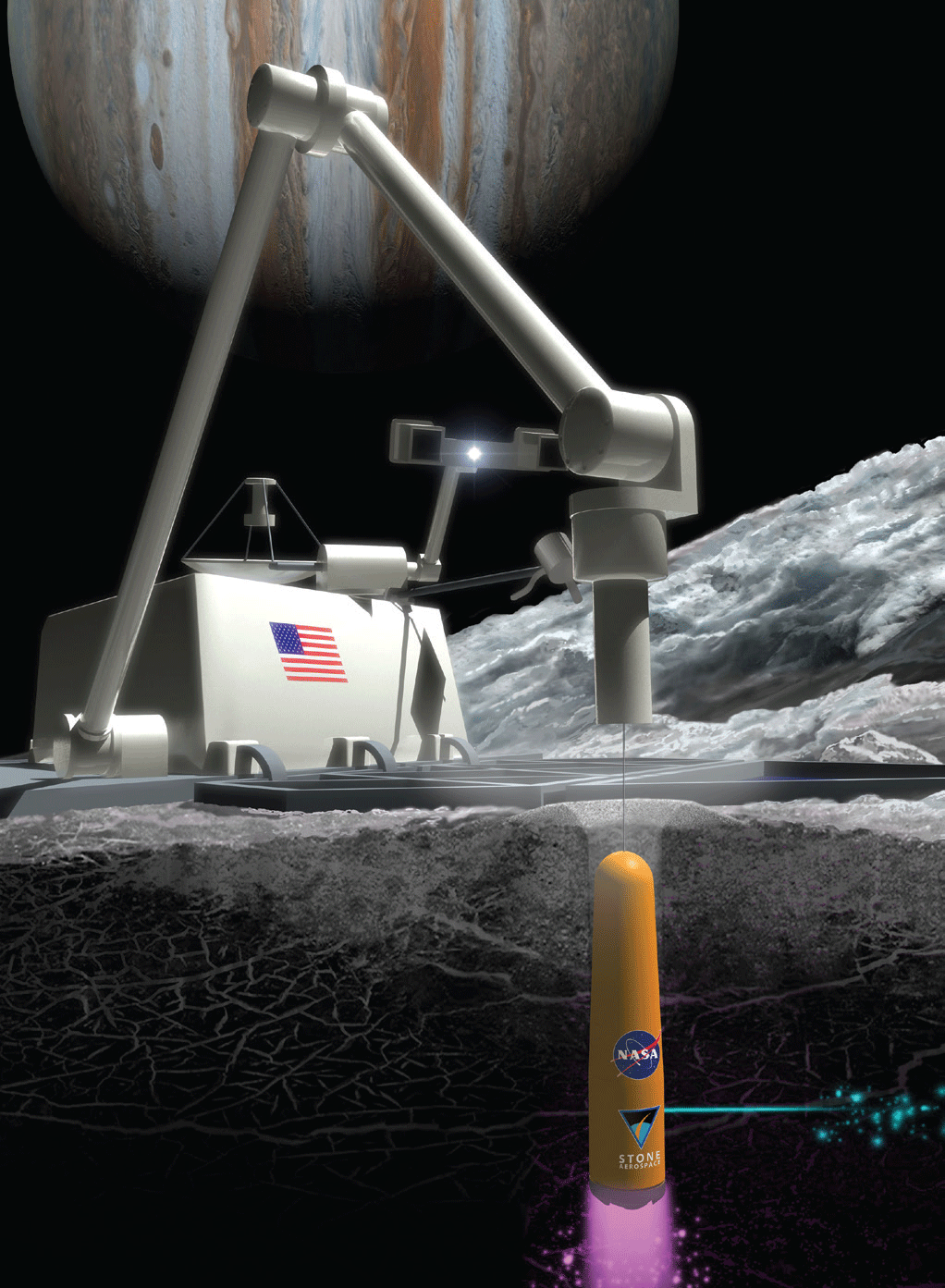
ARCHIMEDES: A Really Cool High Impact Method for Exploring Down into Europan Subsurface
Technology Development Europa is one of 53 confirmed moons orbiting Jupiter. While slightly smaller than Earth’s moon, Europa primarily consists of silicate rock and is intriguing in that its crust consists of frozen water. Future missions under consideration to Europa…
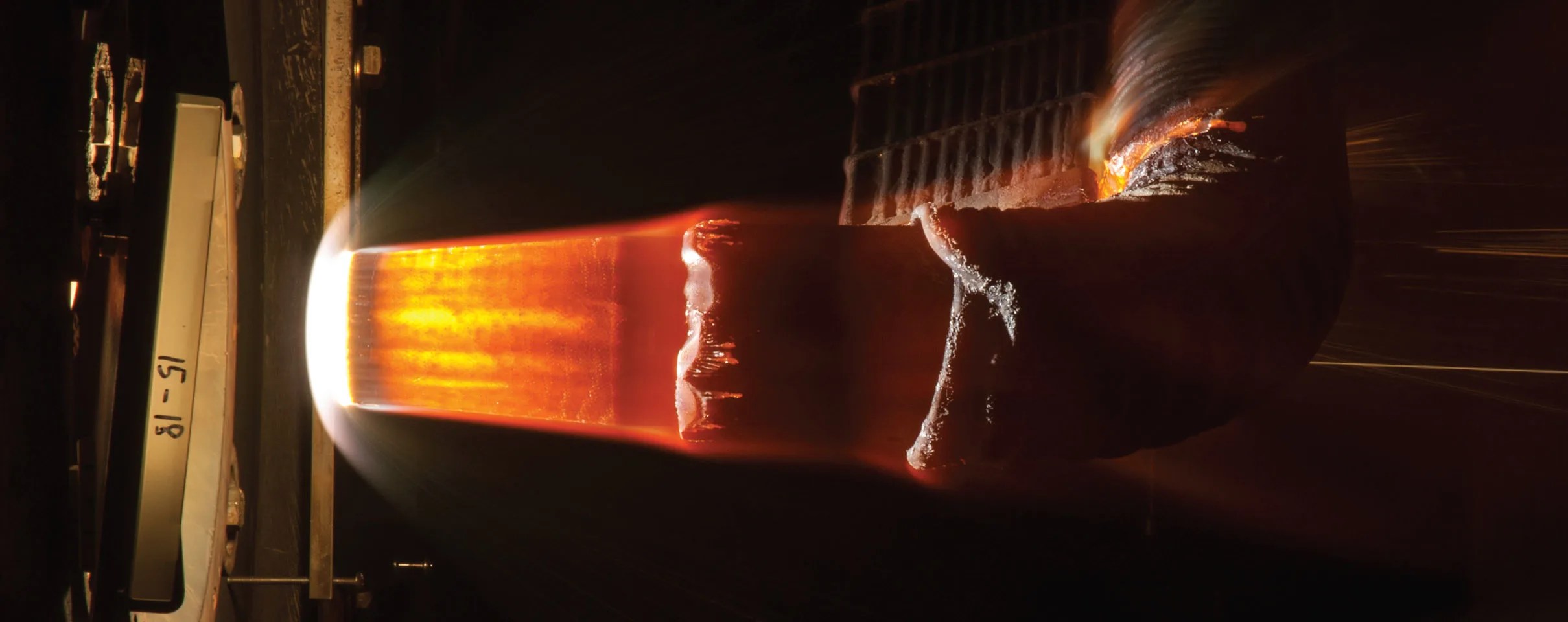
Heatshield for Extreme Entry Environment Technology Nears Maturity
Technology Development Over the past four years, NASA’s Heatshield for Extreme Entry Environment Technology (HEEET) Project has been maturing a novel, three-dimensional, woven Thermal Protection System (TPS) technology for science missions recommended in the Planetary Science Decadal Survey. These missions—Venus…
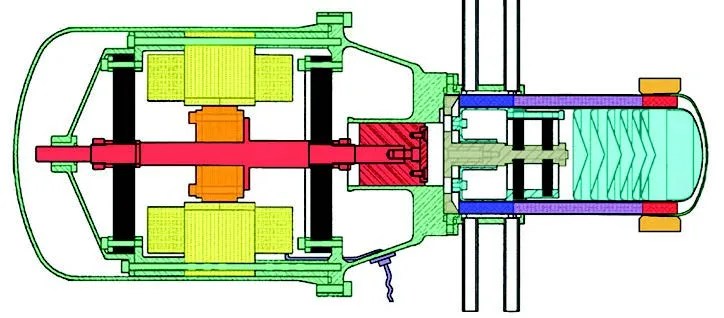
High-Efficiency Stirling Convertor Demonstrates Long-Term Performance
Technology Development NASA Glenn Research Center has been supporting the development of high-efficiency Stirling power convertors for potential use in Radioisotope Power Systems (RPS) for over a decade. Stirling convertors are engines that convert heat into electricity by oscillating a…

Advanced Thermoelectric Technology: Powering Spacecraft and Instruments to Explore the Solar System
Technology Development Radioisotope power systems (RPS) provide the efficient, long-lasting power sources vital to the success of numerous NASA space missions. RPS convert heat generated from the radioactive decay of plutonium-238 oxide into electricity that powers spacecraft and instruments. The…

Electronics Demonstrate Operability in Simulated Venus Conditions
Technology Development NASA’s future planetary exploration efforts, including missions to Venus, require electronics capable of surviving temperatures of 470° C and above for long durations. Such durable electronics eliminate the need for cooling systems to enable sustained operations. Previous operation…
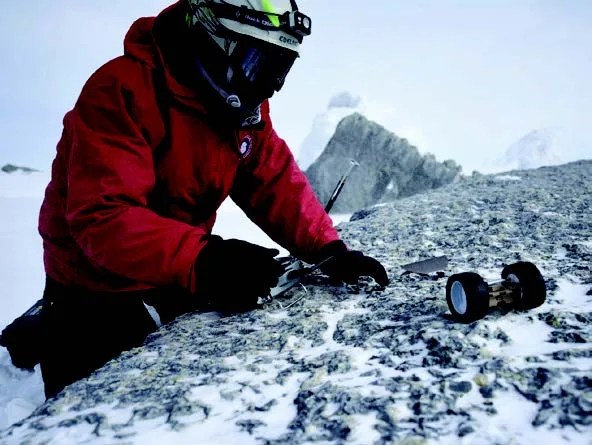
Pop-Up Robots Enable Extreme Terrain Science
This blog post originated in the 2015 Science Mission Directorate Technology Highlights Report (2 MB PDF). Technology Development: A NASA-led team is designing an extremely compact origami rover for new extreme terrain applications in both the planetary and Earth science…
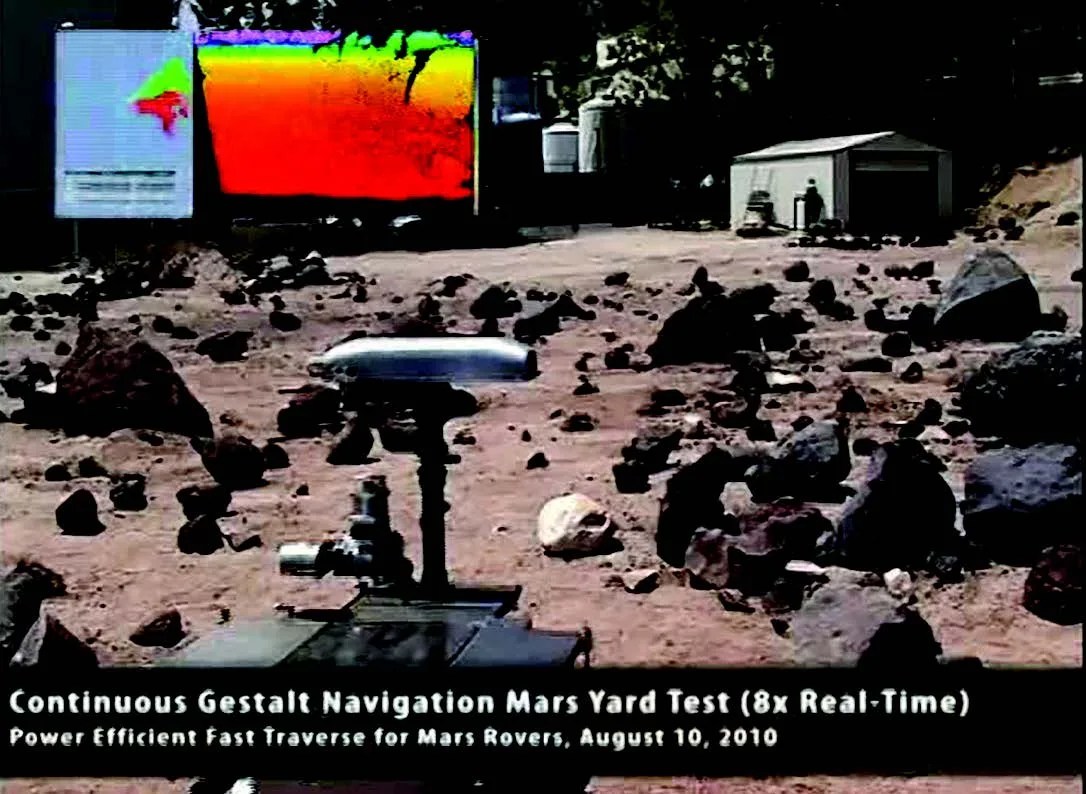
Computing Advances to Enable Speedy New Rover on the Red Planet
Technology Infused: The Mars 2020 mission has recently adopted a baseline that includes SMD-sponsored technology developments that will enable its rover to drive faster, more safely, and with improved energy efficiency. Planetary rovers have traditionally been limited by the available…
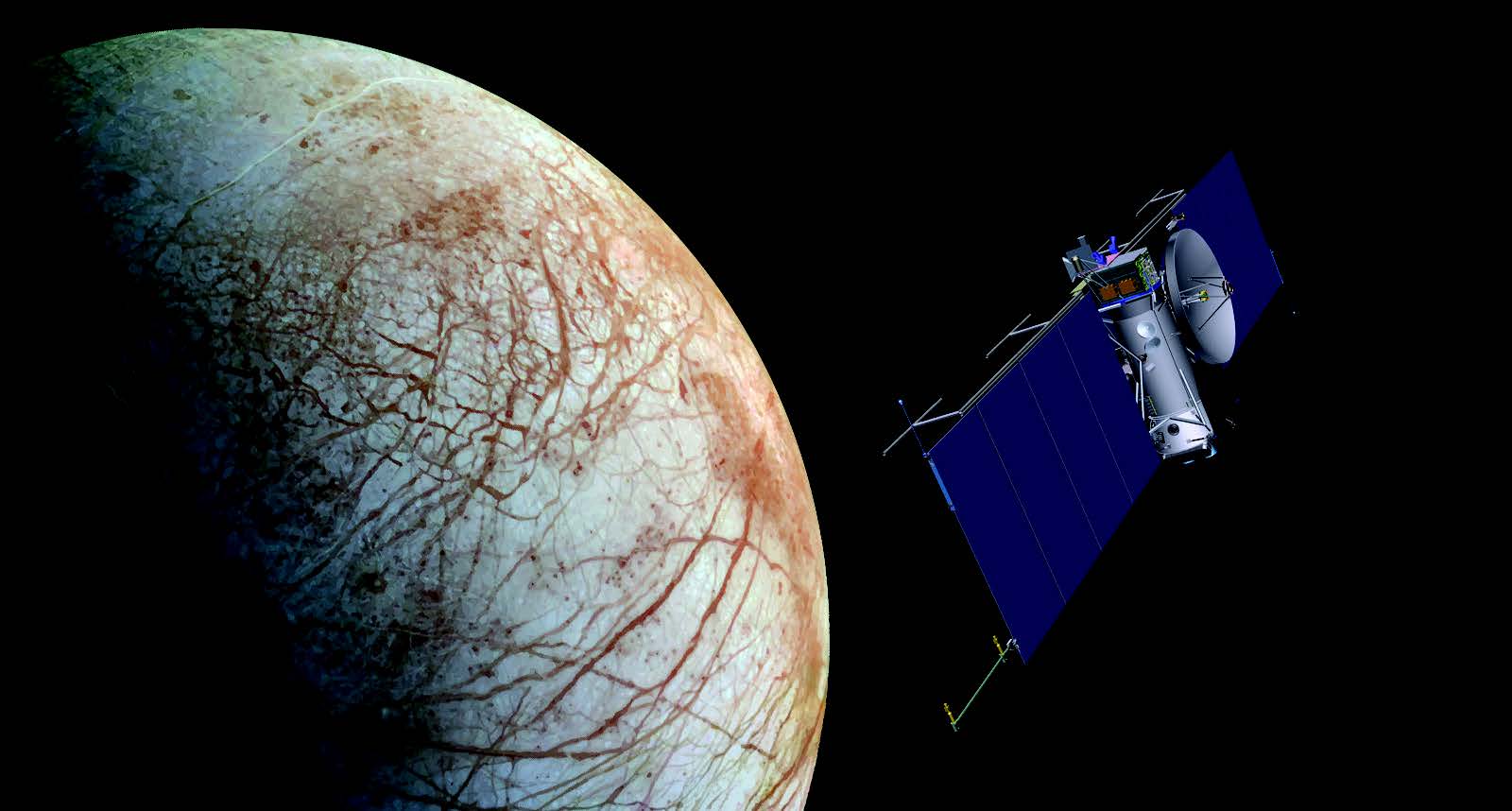
Seven SMD-Supported Instruments to Search for Evidence of Life on Europa
Technologies Infused: When NASA launches its mission to explore Jupiter’s moon Europa in the 2020s, seven instruments enabled by SMD technology investments or flight development efforts will be onboard to help achieve mission science goals. The Europa mission will gather…
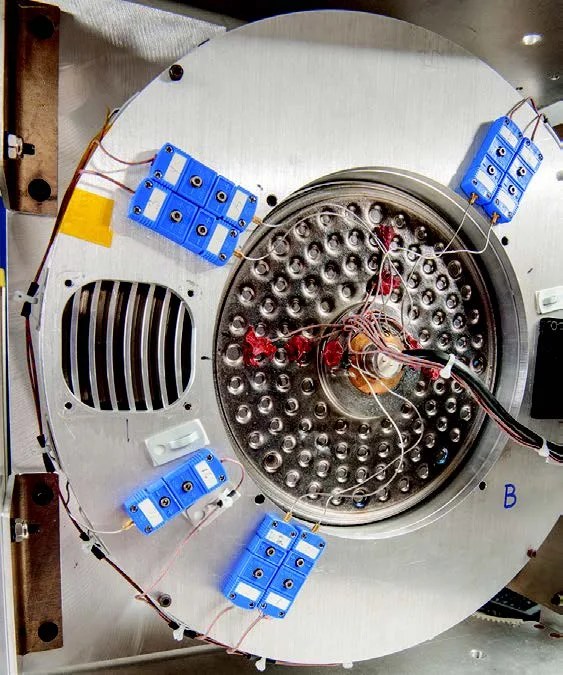
Radial Core Heat Spreader to Improve Stirling Radioisotope Generator Heat Rejection
Technology Development: The NASA Glenn Research Center is developing the next generation of Stirling Radioisotope Generators (SRGs) to power deep space science missions. One potential technology gap is the waste heat rejection approach for higher power Stirling convertors. The previous…
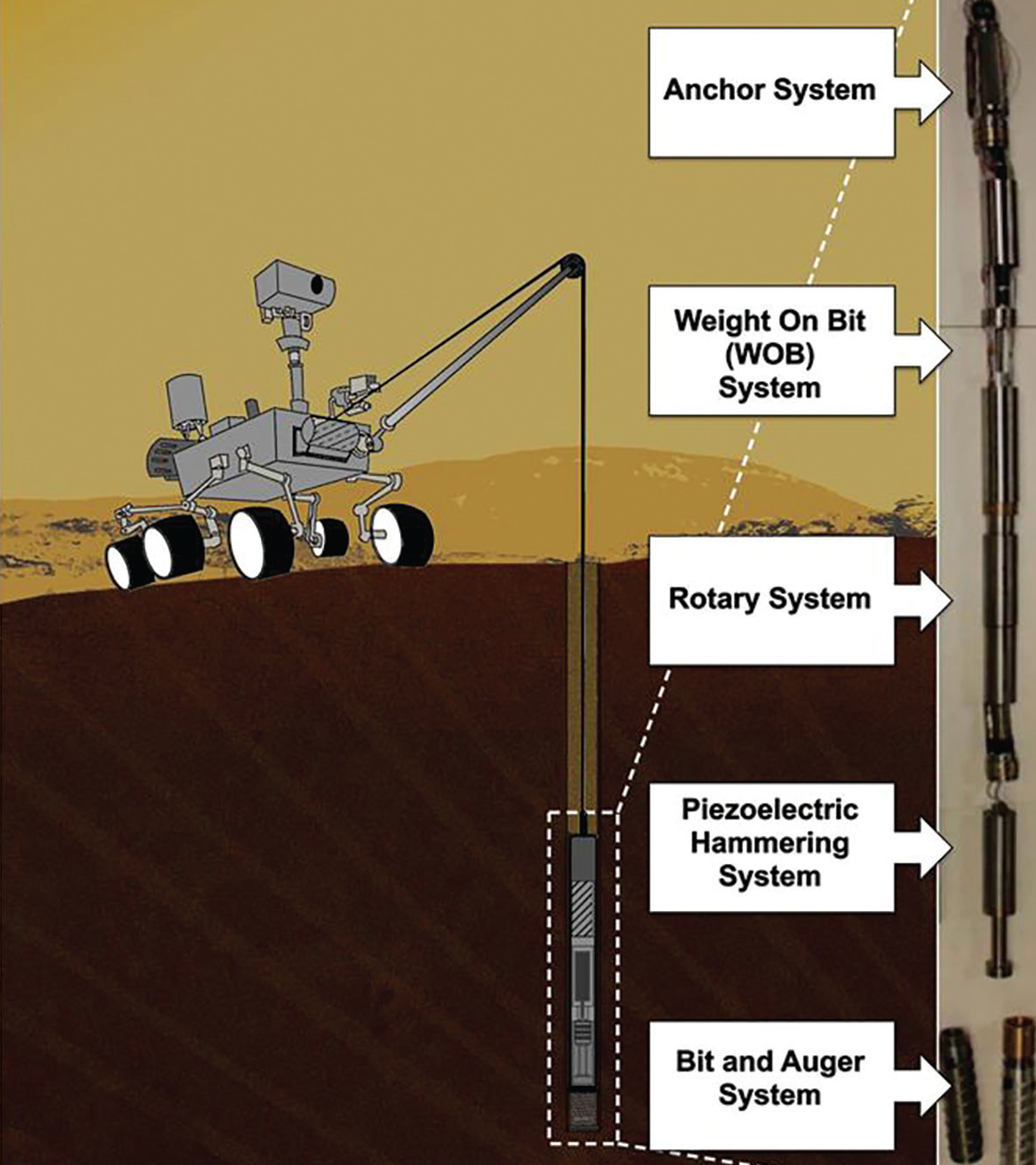
Auto-Gopher: Drilling Deep to Explore the Solar System
SMD is supporting development of a deep-drill sampler called the Auto-Gopher for potential deployment in future space exploration missions. Technology Development: The ability to penetrate subsurfaces and collect pristine samples from depths of tens of meters to kilometers is critical…
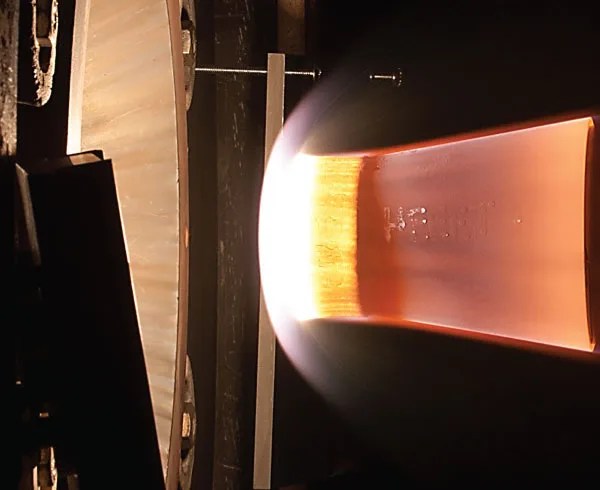
Specialized Weaving Techniques Enable a New Heatshield for Planetary Exploration
Technology Development: When the Galileo mission’s probe entered the Jovian atmosphere in December 1995, it experienced temperatures twice as hot as the surface of the sun, and required carbon phenolic shields to protect its onboard payload from the intense heat.…

